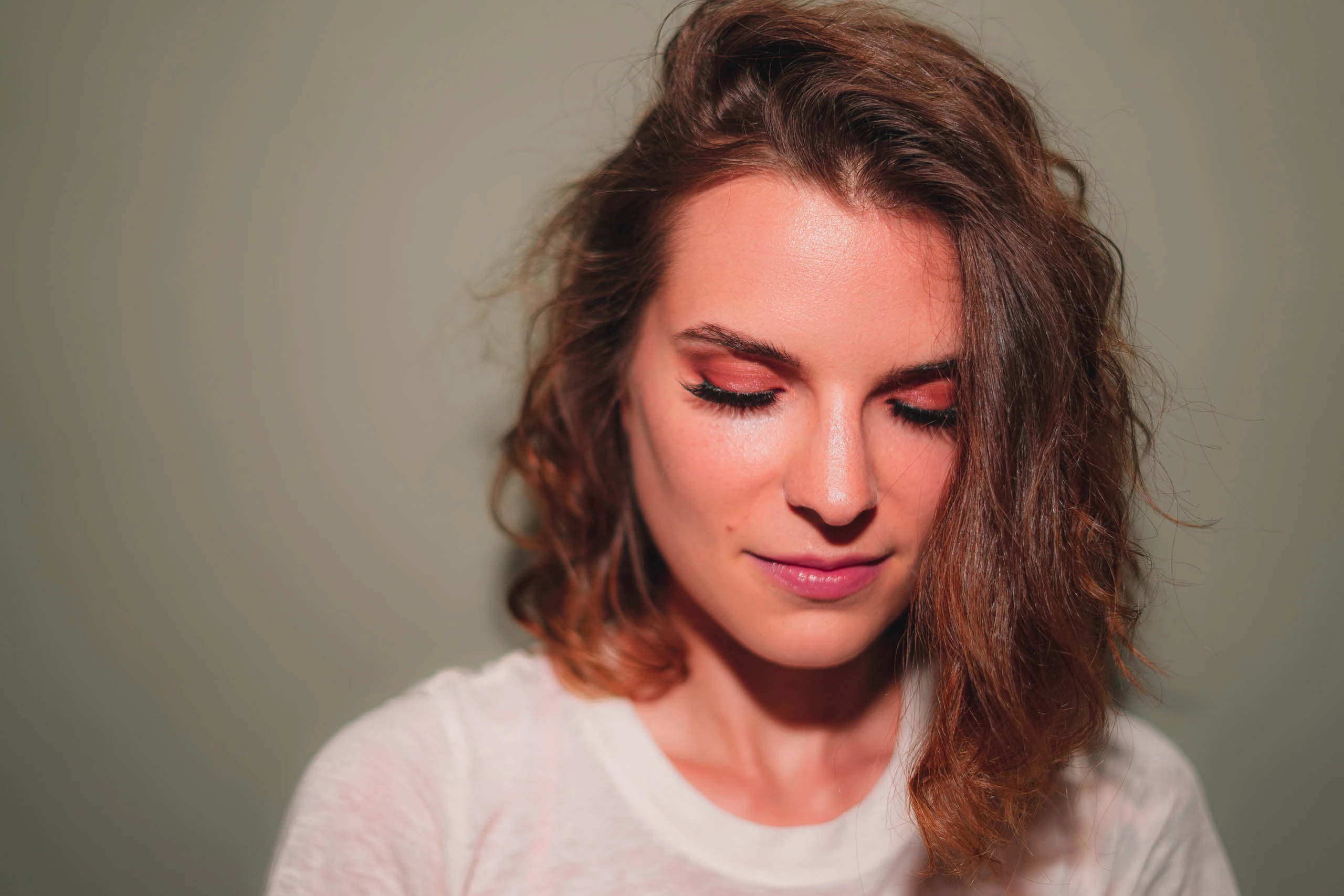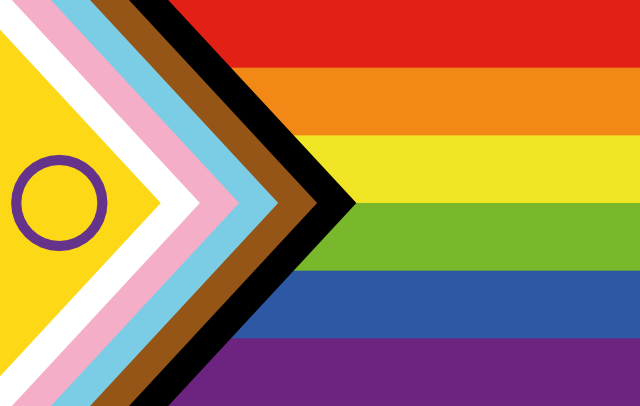Before
I have been taking photos for a very long time. I used to take them all as JPEGs either due to the limitations of the camera I was using or because I didn’t see the importance of shooting RAW. Once I gained more experience and technical knowledge, I wanted to explore more on the artistic side of photography. I started shooting RAW and color-grading my photos in Photoshop – Adobe RAW to be specific. I did a lot of experimenting and created lots of my own presets. But, something was wrong.
I didn’t think too hard about it because things weren’t always off. Sometimes, I would color-grade photos and export them to share. My choice of sharing was usually Instagram, meaning I would download to my phone before upload there. My phone’s screen was superior to my monitors. The monitors were the first I ever purchased for a dual-monitor setup. I went with cheap ones because I didn’t know better (although cheap doesn’t mean bad – we’ll get to that later). I didn’t know all of this at the time. All I knew was – sometimes my photos didn’t look right.
Now, before I say to look at this and behold – I want to preface this by pointing out the fact that your screen could be different than mine. The examples here may not even look bad to you. Your screen might not support the color gamut needed to see just how bad this is. I’m not shitting on your screen, I’m just saying that it’s possible.

This photo is the one that made me realize something was up. No matter how much I corrected the skin tone, it looked red after I exported it. I worked very hard to make corrections before finally deciding to do some research. That’s when I learned about color calibration. My monitors, at the time, only supported about 75% of the SRGB color gamut. So, I was color-grading with a severe disadvantage.
After
I decided I had done enough research to make an upgrade to my setup. I wanted something that would color the entire sRGB color space but didn’t want to spend a fortune on professional monitors. My only other requirement was that I could game on them without hitches. I found the Philips 246E9QDSB on Amazon for $109 back in 2019. It met those requirements for me – boasting a 129% coverage of the sRGB color gamut. I bought one and connected it side-by-side with my old monitor. I drug the photo from the old screen to the new and the difference was immediately noticeable.
So, I bought another. to complete my dual-monitor setup. I have since regraded many of my photos but this was the first one. It’s not perfect by any means, but it was a huge improvement. She no longer looks like she is suffering from a horrible sunburn. The excess red was gone and the greens look much better. So, I would say this is almost as essential as your basic camera accessories – get a color-calibrated monitor. It will make you feel much better about your photos and give you a huge advantage you didn’t know you were missing.

The Final Result


